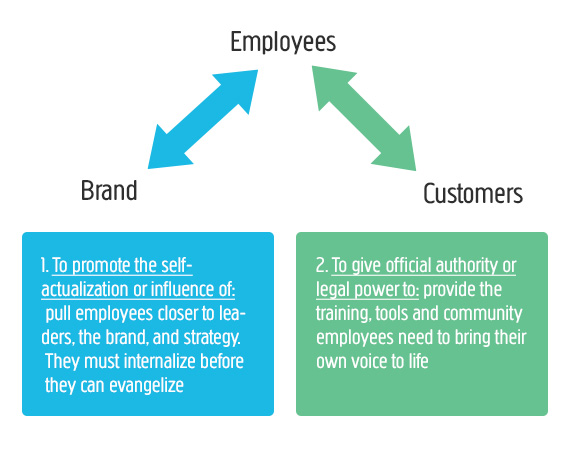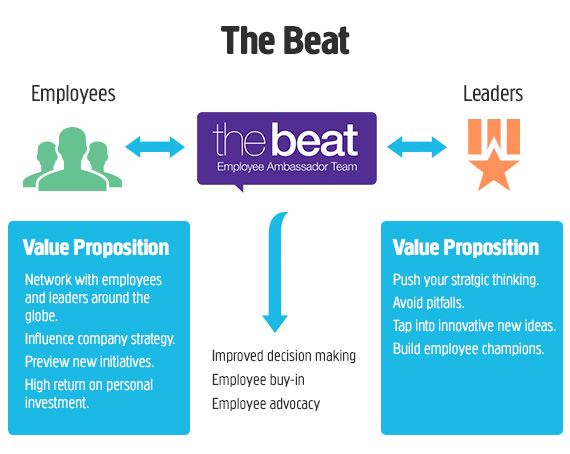Rebecca is the COO at Melcrum – a privately held research and training business, that is the leading authority on best practice, emerging trends and strategy in internal communication. She leads the company’s global operations strategy and will be speaking at Interaction 2013, Europe’s largest intranet conference.
“I’m really excited to be joining Interact at Interaction 2013, to share just a snapshot of what we learned as we researched our study From Engagement to Empowerment: Connecting Employees, Strategy and Brand Communication.
I’m confident that our findings couldn’t be more on point to much of what we’ll talk about at the conference – not least because of the powerful channel intranets can be for empowering our employees”
So, what do we mean by that?
Really, it’s about bringing our internal and external communication efforts together to explore using digital and social within the workplace (and outside!) to amplify the voices of our employees -as ambassadors, as advisors to the business, as collaborators with one another. So, not just engaging them with our strategy, vision and brand (a crucial first step, nonetheless) but then actually:
- Empowering them – equipping them, giving them ‘permission’ and encouraging them – to talk about those things
- Giving their input into the strategy and how we need to execute against it
- Helping us craft a vision and brand that’s compelling for the people they represent across the organisation, and credible in the eyes of external stakeholders and customers because it comes from our people
- Talking about that both across the organization and outside it’s four walls

There were definitely some common themes and teachings that rose to the surface again and again as we spoke with hugely diverse companies about the work they’re doing here and, in advance of Interaction 2013 where I hope you’ll join us to explore this further, I share them here in the hopes that they might be of use:
1. Start small
Pilots are powerful and serve so many purposes – enabling us to test and learn without failing big, to engage early adopters, and to gather data to validate further investment or participation from leadership who can sometimes be skeptical, or downright afraid, of social within business!
2. Don’t be afraid to ask employees for ideas
They use social in many forms outside of work so why wouldn’t they have ideas for how it could work AT work?! Creating advisory councils of employees and stakeholder partners (think HR, IT, Legal) was something that a number of our speakers had done and, as a result, they’d sourced ideas that would never have surfaced otherwise and also had a group of evangelists to start the ball rolling once they decided which projects to move forward.
I’ll be sharing an amazing story from Avery Dennison about the work they’ve done here, creating an internal ‘ambassador’ program, which enables senior executives to connect with a group of internal ambassadors from across the business who can serve almost as a ‘research council’. They provide feedback on potential new messages, products or executive memos and projects which allow executives to be more confident about how their messaging will ultimately land and ensures that those ambassadors can be credible ‘sonar radars’ echoing those messages out to their peers with belief, given that they themselves were involved in shaping them

3. Don’t make it a generational thing.
It’s not just about the young people in the organisation; there is an appetite and an opportunity for all employees to benefit from social and digital, whether they’ve been with you for 20 years or 2 months. Assumptions about employee generational segments can be fatal to the success of digital and Internet-based initiatives and each segment has a valid perspective that can only make these resources stronger if we bring them in early and use them as sounding boards.
These are just 3 things that resonated with me. But I’ll be sharing much more on Sept 25th at Interaction! See you then.
